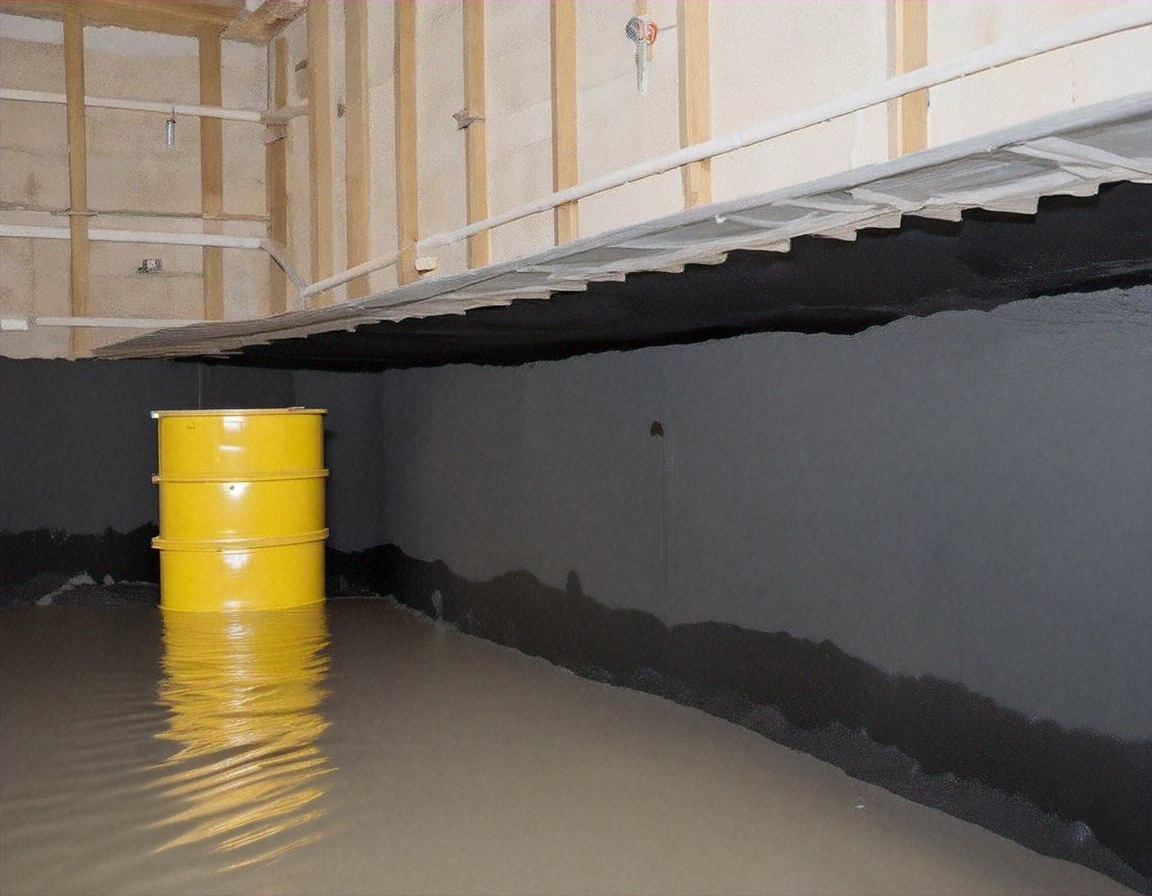Unveiling the Health and Wellness Potential of Grounding
Have you ever heard of grounding or earthing? This wellness practice, although not new, is gaining renewed attention due to its potential health benefits. In this article, we'll explore the science behind grounding, its potential health benefits, and how you can incorporate it into your daily routine.

Understanding Grounding: A Historical Perspective
Grounding, also known as earthing, is a practice that involves physically connecting with the earth’s natural electric charge. Our ancestors were naturally grounded as they walked barefoot or wore leather shoes. However, modern lifestyles, including wearing rubber-soled shoes and living away from direct contact with the earth, have disrupted this natural connection.
The Science Behind Grounding
Grounding is based on the concept that the earth’s surface has a negative charge and generates a natural electric field. This field is thought to aid in regulating the body’s internal bioelectrical environment, which plays a vital role in the functioning of our organs and systems.
Scientific research into grounding has yielded promising results. A review published in the Journal of Environmental and Public Health found that grounding could have beneficial effects, including improved sleep and reduced inflammation and pain.
Potential Health Benefits of Grounding
While grounding needs to be researched more extensively, early studies suggest several potential health benefits:
- Reduced inflammation: Grounding may help reduce inflammation, one of the root causes of many chronic diseases.
- Improved sleep: Some research suggests that grounding can help improve sleep quality.
- Better mood: Grounding could help enhance mood and reduce stress levels.
Applying Grounding in Everyday Life
Despite the scientific credibility of grounding still being under investigation, it might be worth trying due to its potential benefits and simplicity. Here are a few ways to practice grounding:
- Walking barefoot on grass, sand, or soil.
- Gardening without gloves.
- Swimming in natural bodies of water.
Practical Grounding Tips and Facts
- Start with just 20 minutes of grounding a day and gradually increase the time.
- The best grounding surfaces are grass, sand, and soil.
- Grounding may not be suitable for everyone, especially those with certain health conditions. Always consult your healthcare provider before starting any new health practice.
In conclusion, grounding is a simple, natural, and potentially beneficial practice that can be an easy addition to your wellness routine. While more research is needed to fully understand the benefits of grounding, the practice could offer a unique way to reconnect with our natural environment and enhance overall health and well-being. As with any new health practice, it’s essential to consult with a healthcare provider before starting.




